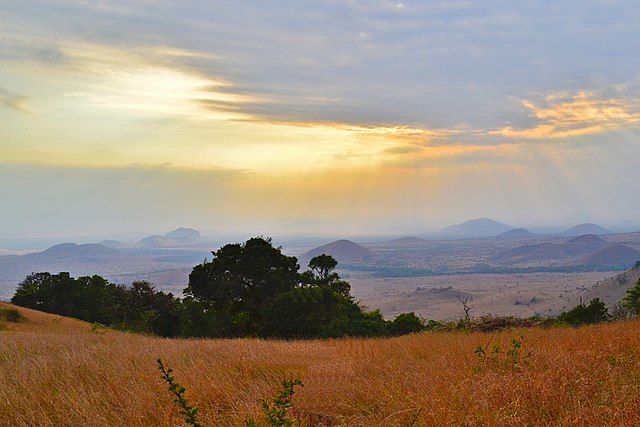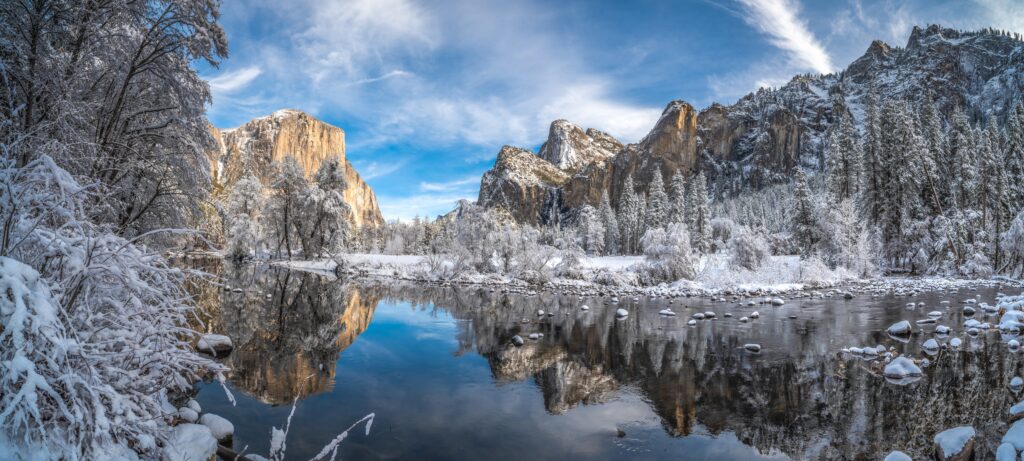
The Unique Ecosystems of Chyulu Hills National Park
Nestled between the towering peaks of Mount Kilimanjaro and the expansive plains of Tsavo West, Chyulu Hills National Park is a hidden gem in Kenya’s rich tapestry of natural wonders. This park, established in 1983, spans an impressive 741 square kilometers and is renowned for its complex and diverse ecosystems. The park’s landscape is a stunning mosaic of verdant hills, ancient lava flows, and sprawling grasslands, which together create a unique environmental haven for a plethora of species.
The Chyulu Hills are geologically young volcanic mountains, with some areas dating back only 500 years. This geological youth contributes to its unique soil composition and terrain, fostering a variety of habitats that range from dry savannas to lush forests. The park’s diverse topography and climate zones support an incredible range of flora and fauna, making it a biodiversity hotspot worth exploring.
A Closer Look at the Flora: From Grasslands to Forests
Chyulu Hills National Park boasts a rich variety of plant life, which changes dramatically with the altitude. At lower elevations, visitors can find extensive grasslands dotted with acacia trees. These savannas are home to various grasses and shrubs that provide food and shelter for a range of wildlife. As you move higher, the landscape transitions into dense montane forests, characterized by towering trees, ferns, and a myriad of flowering plants.
One of the most striking features of the Chyulu Hills is the presence of lava tubes and caves formed by ancient volcanic activity. Around these areas, unique plant communities have developed, adapted to the rocky and often harsh soil conditions. In the wetter, forested regions, you can find a lush undergrowth of mosses, lichens, and orchids, adding to the park’s botanical diversity. The varied flora not only provides a stunning visual spectacle but also supports a rich array of animal life.
Encountering the Fauna: Mammals, Birds, and Reptiles
Chyulu Hills National Park is a sanctuary for a wide range of wildlife, making it a paradise for nature enthusiasts and wildlife photographers. Among the larger mammals, visitors can expect to see elephants, buffaloes, leopards, and giraffes roaming through the park. The park is also home to lesser-known species such as the bushbuck, eland, and the rare fringe-eared oryx. Predators like lions and cheetahs are also present, though they are often more elusive.
Birdwatchers will find Chyulu Hills particularly rewarding, with over 300 bird species recorded in the park. From the vibrant African paradise flycatcher to the majestic crowned eagle, the avian diversity is truly remarkable. The park’s varied habitats also support a range of reptiles, including several species of snakes and lizards, as well as amphibians that thrive in the park’s seasonal streams and water bodies.
One of the unique features of the park is its population of endemic species, animals that are found nowhere else in the world. These include several species of butterflies and plants that have adapted specifically to the park’s unique environmental conditions.
Conservation Efforts: Protecting a Biodiversity Hotspot
Conservation is a critical focus in Chyulu Hills National Park, given its status as a biodiversity hotspot. The park is managed by the Kenya Wildlife Service (KWS) in collaboration with local communities and international conservation organizations. Efforts are aimed at protecting the park’s unique ecosystems and the numerous species that inhabit them.
One of the primary conservation challenges is the threat of poaching, particularly of elephants and rhinos for their ivory and horns. The KWS has implemented stringent anti-poaching measures, including increased patrols and the use of technology such as drones for surveillance. Additionally, there are ongoing efforts to mitigate human-wildlife conflict, which often arises as communities expand agricultural activities into wildlife habitats.
Reforestation projects and habitat restoration initiatives are also underway to combat the effects of deforestation and land degradation. These projects involve planting indigenous trees and restoring degraded areas to their natural state, thereby providing critical habitats for wildlife and maintaining the ecological balance of the park.
Planning Your Visit: Tips for a Memorable Experience
Visiting Chyulu Hills National Park promises an unforgettable experience, but a little preparation can enhance your trip. The best time to visit is during the dry seasons, from June to October and January to February, when the weather is ideal for wildlife viewing and outdoor activities.
To fully appreciate the park’s diverse landscapes and wildlife, consider hiring a local guide. Guides possess invaluable knowledge about the park’s flora and fauna and can help you navigate its trails and terrain safely. Safari tours are available and can be customized to include game drives, birdwatching excursions, and guided hikes.
Be sure to pack appropriate clothing for both warm days and cooler nights, as temperatures can vary significantly. Sturdy hiking boots, a hat, sunscreen, and insect repellent are essential. Don’t forget your camera and binoculars to capture the stunning vistas and wildlife sightings.
Accommodations range from luxury lodges to camping sites, catering to different preferences and budgets. It’s advisable to book your stay in advance, especially during peak tourist seasons. Lastly, respect the park’s rules and guidelines to ensure a safe and sustainable visit, helping to preserve this incredible natural treasure for future generations.
